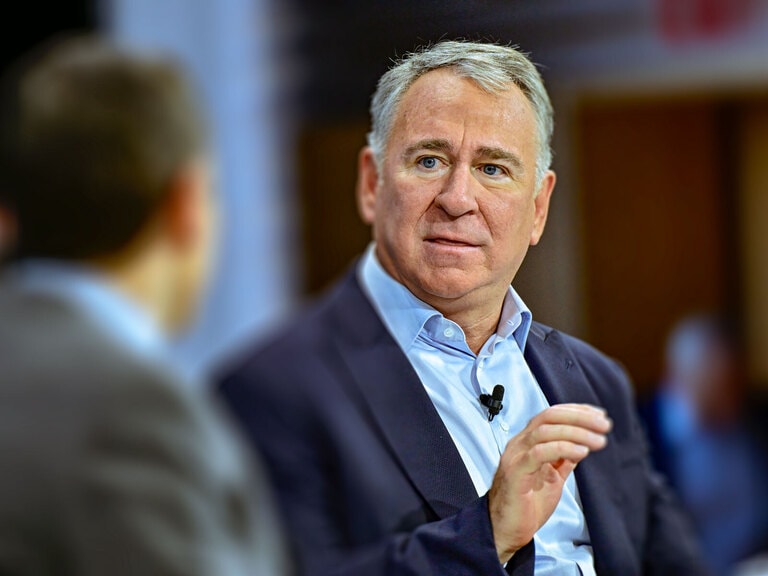The war in Ukraine, rising living costs and the existential threat of climate change have all made for alarming headlines. But while the world might not feel like the most stable place at the moment, the Cboe VIX Volatility Index indicates that investors are starting to feel calm.
In March the price of futures on the VIX Volatility Index [VIX], which tracks market volatility and has been dubbed the ‘fear index’ by Wall Street insiders, rose above the value of those that were due to expire between April and November. This meant that investors were expecting some extremely rocky times to be just around the corner in the markets. They were to be proved right.
32.3m
All-time high volume of put options purchased by traders 21 January
It was a continuation of this year’s trend for extreme caution, and followed a buying spree of put options contracts in January, which investors typically buy to protect themselves against sudden share price declines.
On 21 January, an all-time high of 32.3 million put options contracts were purchased by traders, according to the Financial Times.
But a few weeks on from the VIX’s peak, it seems investors’ expectations for the market have calmed down. From a year-to-date high of $36.55 on Monday 7 March, the price of VIX futures were down 42.4% on 5 April. What gives?
Why were investors worried about volatility?
When investors were purchasing their VIX futures in early March, a lot was going on in the world.
Bleak headlines included Russia’s invasion of Ukraine. The stock markets were in their fourth week of declines, with the Dow losing 797.42 points on 7 March, the day the VIX peaked.
Inflation, already a concern, was now expected to hit even harder, with Bank of America upping its UK forecast from 7.5% to 7.9% for the year, and the think tank Resolution Foundation saying households faced the biggest decline since the 1970s. In the US, fuel prices continued to soar.
“Their fears came to pass,” wrote Eric Platt in the Financial Times, adding that “violent swings” in the stock, bond and commodity markets all took place “as Russian forces moved into Ukraine and investors awaited the first rate rise from the Federal Reserve since 2018”.
The VIX index was launched by Cboe in 1993 to track movements in the S&P 500. It is considered a key indicator of investor sentiment when it comes to the stock markets, where rises suggest that investors are becoming jittery and falls show they are feeling more secure.
7.5-7.9%
2022 inflation forecasts, per Bank of America
7.5-7.9%
2022 inflation forecasts, per Bank of America
The markets take a breath
A number of things have since happened to reassure investors in recent weeks, which could explain the recent fall in the VIX.
On 16 March, Federal Reserve chair Jerome Powell announced a 0.25% interest rate hike to tackle rising inflation, reassuring investors that action was being taken on the economy.
Peace talks between Russia and Ukraine have also made some progress in recent weeks, with a Ukrainian negotiator saying that Moscow had verbally agreed to the majority of its proposals, according to the Daily Telegraph
If the S&P continues to rise, the VIX could fall even further. On 5 April, it closed at $4,525.12, down 5.1% year-to-date, but up 3.8% since the day of the Fed’s interest rate rise.
“A decisive breakout above the cloud would increase the likelihood of a return to the highs near 4,820,” Katie Stockton, an analyst at Fairlead Strategies, told investors in a note on 22 March.
Continue reading for FREE
- Includes free newsletter updates, unsubscribe anytime. Privacy policy





